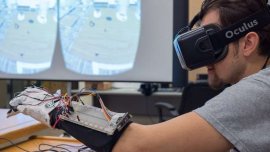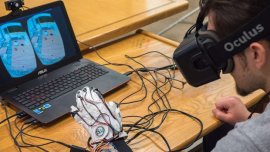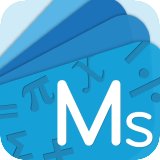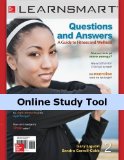I can learning online students Login
 In two worlds at once: Engineering student Owen Shartle explores a virtual scene with the aid of a headset and a haptic glove he and other undergraduates helped design. Credit: Tom Flach
In two worlds at once: Engineering student Owen Shartle explores a virtual scene with the aid of a headset and a haptic glove he and other undergraduates helped design. Credit: Tom Flach
Penn State engineering students have been working to develop an immersive virtual reality (IVR) system called Oculus Rift and test how this system and others may enhance student learning both on campus and online. The group hopes IVR technology can eventually give students taking online courses a way to become more engaged in their coursework.
Gathered in the Design Analysis Technology Advancement (DATA) Laboratory at Penn State University Park, the students joke, laugh and poke fun at each other as they prepare a demonstration of their virtual reality system. A nearby microwave sports a sign reading, "For Food Only, " hinting at the type of mischief the room has seen.
But the students are definitely serious about their project, which is funded by a Center for Online Innovation in Learning (COIL) Research Initiation Grant (RIG) and supervised by Conrad Tucker, assistant professor of engineering design and industrial engineering.
 "Online learning gives us huge opportunities in higher education. You can connect with more diverse people across greater distances, for example, " said Tucker. "But online courses also limit you in some ways—there's little immersive or tactile interaction, and sometimes it's hard for students to engage with the material. IVR systems are a potential solution to that problem."
"Online learning gives us huge opportunities in higher education. You can connect with more diverse people across greater distances, for example, " said Tucker. "But online courses also limit you in some ways—there's little immersive or tactile interaction, and sometimes it's hard for students to engage with the material. IVR systems are a potential solution to that problem."
After the students finish setting up their demo, team member Owen Shartle straps the IVR headset over his eyes and slips on a haptic glove—a device that makes his hand look Transformer-esque but that allows him to interact with the demo's virtual world.
The headset transports him into an immersive, 3-D world. In today's demo, it's a traditional classroom with chairs, tables and a blackboard. The glove, still in its prototype phase, will enable him to pick up the pieces of a coffee maker scattered across the virtual table and assemble them in a much more natural way than using a joystick or keyboard controls.
The glove, still in its prototype phase, will enable him to pick up the pieces of a coffee maker scattered across the virtual table and assemble them in a much more natural way than using a joystick or keyboard controls.
With the exception of the IVR headset, everything was made by the students. The group designed the simulations—the coffee pot exercise, as well as a giant game of Jenga—with the software Unity3D. They also designed and built the haptic glove, which has gone through at least two versions, from scratch.
Bryan Dickens, a senior majoring in computer engineering, watches his classmate maneuver through the virtual world. He describes wearing and using the IVR device as similar to lucid dreaming.
The Oculus Rift team. From left to right: Kevin Lesniak, Matthew Myers, Daniel Ahrweiler, Bryan Dickens, Conrad Tucker, Gabe Harms, Steven Sellers and Owen Shartle (who is wearing the Oculus Rift headset and glove). Credit: Tom Flach"You know that you're not really in this new place, but in some ways you are, " he said. "You can look around and see things that seem real. You're moving yourself through a different world, and that's what the virtual reality device is aiming for."
The technology isn't just cool, though. It's doing what Tucker hoped it would do: It helps students learn.
You might also like




|
Mathletics Student Mobile Application (3P Learning)
|

|
LearnSmart Online Adaptive Learning Resource to Accompany Questions and Answers: A Guide to Fitness and Wellness [Web Access] Digital Software (McGraw Hill Digital Software)
|

|
SmartBook Online Access for Questions and Answers: A Guide to Fitness and Wellness [Web Access] Digital Software (McGraw Hill Digital Software)
|







